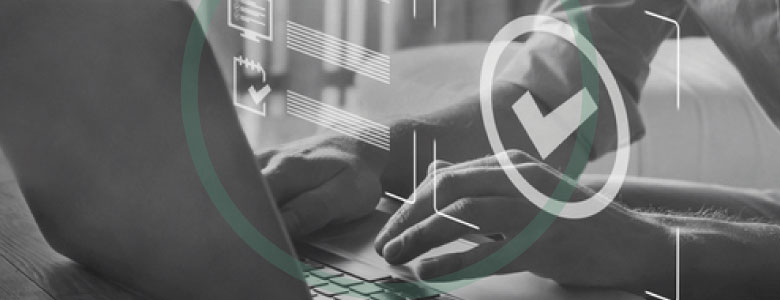Blank stares
When I ask clients how they measure the effectiveness of their brand, most look at me blankly.
Those who do answer, say: ‘By sales, naturally.’
Of course that’s one metric for measuring brand ROI. If your brand is working for you it will indeed translate into sales and sales growth. But sales is influenced by many other factors, such as marketing campaigns, your sales system, and your sales reps, to name a few.
So, brand measurement through sales solely is a blunt instrument. Measurement enables management, so if you measure with a blunt instrument, your ability to manage and refine your brand is hampered.
A clearer way to measure your brand ROI is by how your current and potential audiences are aware of your brand, and how they perceive you.
So how to begin? Firstly, you need to determine some SMART (specific, measurable, achievable, realistic, time-bound) objectives for your brand in order to measure its effectiveness.
One obvious objective is awareness. For example, an environmental engineering consultancy may want to be named by their target audience as one of the top three consultancies to go to for landfill remediation in Melbourne by 2025.
Another is perception. For example, an airline may want to be perceived as the market leader by their target market because of their unparalleled quality of service, safety record and ability to make people feel safe.
SIMPLY IS THE BEST WAY TO START
Brand tracking surveys are an easily executable way of measuring brand perception and awareness of existing customers, as well as your staff over time. You can track shifts in awareness and perception and use the results as cues for tweaking your brand strategy. These learnings may also prompt you to initiate internal brand training, communication and cultural activities, as well shifting your external marketing strategy, messaging and creative.
Tracking awareness and perception in markets outside of your existing customers is perhaps a little more difficult, but there are many common techniques and tools such as monitoring search engine volume trends, social listening, website traffic, surveys and web-based market research and data analytics platforms such as YouGov.
Platforms like YouGov can be used to cost-effectively to track shifts over time and are particularly valuable for measuring ROI of integrated marketing campaigns where above-the-line media, such as out of home and traditional advertising, are used.
THE BRAND BUSINESS CASE
A rolling measurement for brand effectiveness can be immensely powerful for building a case for brand focus and/or investment. Without quantification and benchmarking, it’s often an uphill battle convincing your manager, CEO or board of the need to invest in brand.
The bottom line is sales is a blunt instrument for measuring brand effectiveness that will give you few, if any insights into your brand ROI.
Why not start by articulating a few simple objectives to measure your brand against and select one easily executable tool or technique to deploy over time? The learnings can be startling – and even supercharge your brand and marketing activities.






